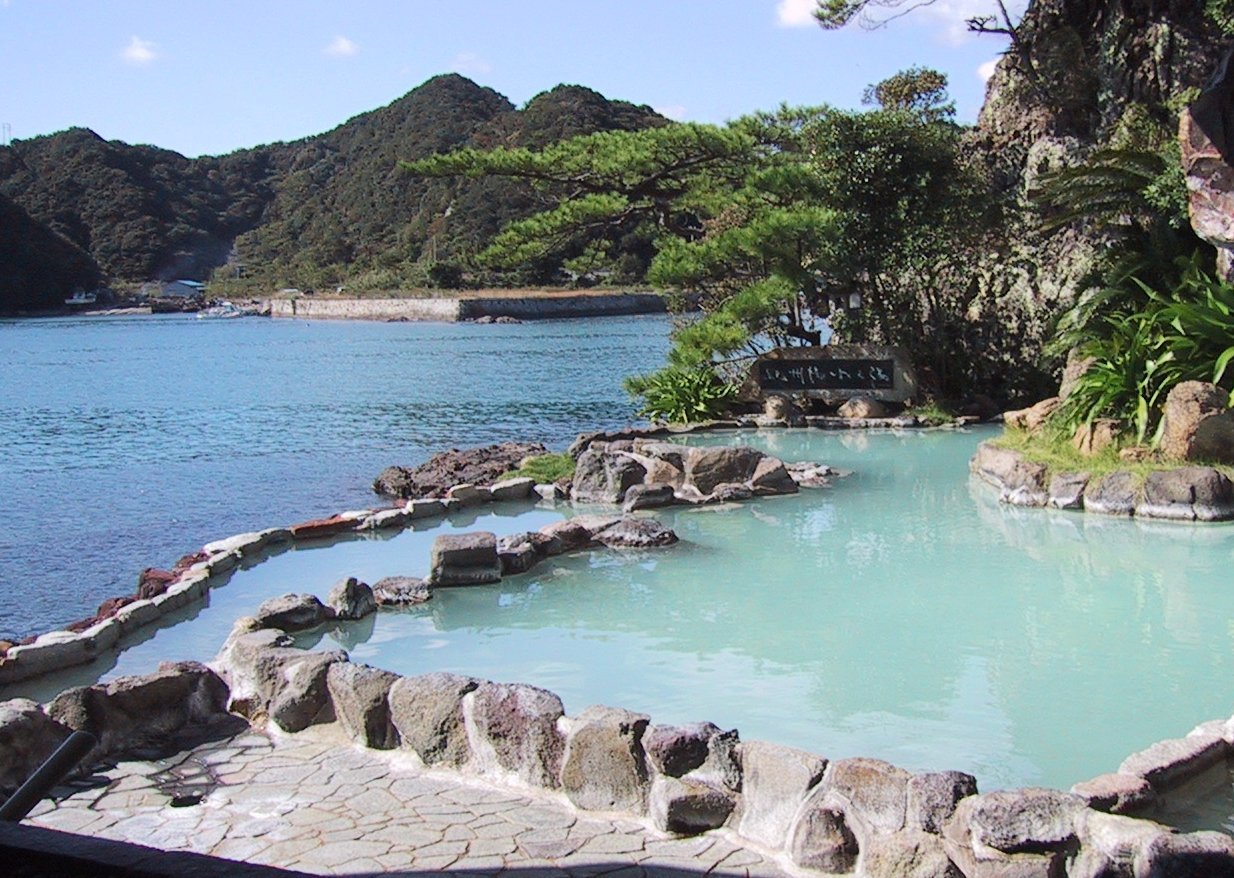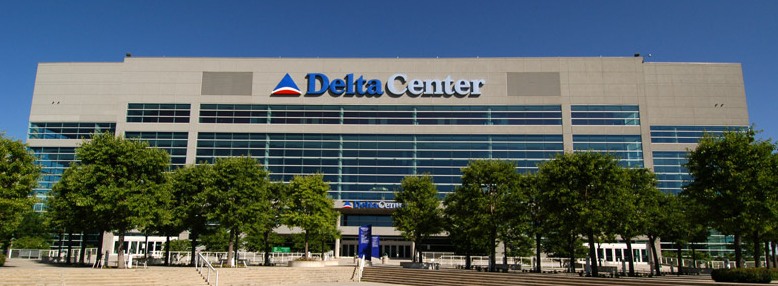|
Kanada Station
is a railway station in Itoda, Fukuoka Prefecture, Japan. It is on the Ita Line and is the northern terminus of the Itoda Line, both operated by the Heisei Chikuhō Railway. Trains arrive roughly every hour. On 1 April 2009, two local onsen operators, Fujiyunosato and Hinōnoyu-Onsen, acquired naming rights Naming rights are a financial transaction and form of advertising or memorialization whereby a corporation, person, or other entity purchases the right to name a facility, object, location, program, or event, typically for a defined period of t ... to the station. Therefore, the station is alternatively known as . External linksKanada Station(Heisei Chikuhō Railway website) References Railway stations in Fukuoka Prefecture Railway stations in Japan opened in 1893 Heisei Chikuhō Railway Ita Line Heisei Chikuhō Railway Itoda Line {{Fukuoka-railstation-stub ... [...More Info...] [...Related Items...] OR: [Wikipedia] [Google] [Baidu] |
Fukuchi, Fukuoka
is a town in Tagawa District, Fukuoka Prefecture, Japan. It was established on March 6, 2006, by the merger of the former towns of Akaike, Hōjō and Kanada, all from Tagawa District. Mount Fukuchi () stands at the northern tip of the town. The town has an area of and an estimated population of 23,389 as of May 1, 2017. The population density is 607.5 people per km². The town is famous for Agano ware Agano may refer to: * Agano, Niigata, a city in Niigata prefecture, Japan * Agano River, a river in the Horuriku region of Japan * Agano, Saitama, a village, now part of the city of Hannō ** Agano Station, a railway station Hannō, Saitama * ... (上野焼 Agano-yaki), a type of pottery. References External links *Town of Fukuchi Towns in Fukuoka Prefecture {{Fukuoka-geo-stub ... [...More Info...] [...Related Items...] OR: [Wikipedia] [Google] [Baidu] |
Heisei Chikuhō Railway Logo
The is the period of Japanese history corresponding to the reign of Emperor Emeritus Akihito from 8 January 1989 until his abdication on 30 April 2019. The Heisei era started on 8 January 1989, the day after the death of the Emperor Hirohito, when his son, Akihito, acceded to the throne as the 125th Emperor. In accordance with Japanese customs, Hirohito was posthumously renamed "Emperor Shōwa" on 31 January 1989. Thus, 1989 corresponds to Shōwa 64 until 7 January, and from 8 January. The Heisei era ended on 30 April 2019 (Heisei 31), with the abdication of Akihito from the Chrysanthemum Throne. It was succeeded by the Reiwa era as then-crown prince Naruhito ascended the throne on 1 May midnight local time. History and meaning On 7 January 1989, at 07:55 AM JST, the Grand Steward of Japan's Imperial Household Agency, Shōichi Fujimori, announced Emperor Hirohito's death at 6:33 AM JST, and revealed details about his cancer for the first time. Shortly after ... [...More Info...] [...Related Items...] OR: [Wikipedia] [Google] [Baidu] |
Heisei Chikuhō Railway
The is a third-sector operator of four railway lines in Fukuoka Prefecture, Japan. The railway's nickname is ''Heichiku.'' Principal investors Fukuoka Prefecture holds 27.5% of the stock in the railway. The cities of Tagawa, Nōgata, and Yukuhashi hold 14.8%, 6.6%, and 6.6% each. Lines * Ita Line (16.1 km) - The Nogata to Kaneda section opened in 1893, and the Kaneda to Tagawa-Ita section in 1899. The line was double-tracked in 1911, and freight services ceased in 2004. * Itoda Line (6.8 km) - The Tagawa-Gotoji to Itoda section opened in 1897 to haul coal and the Itoda to Kaneda section opened in 1929 to service a cement plant. * Tagawa Line (26.3 km) - The entire Tagawa-Ita to Yukuhashi line opened in 1895. * Mojikō Retro Kankō Line (2.1 km) - The Mojiko to Moji Harbour line opened in 1929, and freight services ceased in 2004. Despite a significant landslide in 2006, the line was reopened as a tourist line in 2009. The Mojikō Retro Kankō Line is cl ... [...More Info...] [...Related Items...] OR: [Wikipedia] [Google] [Baidu] |
Ita Line
The is a 16.1 km railway line owned by the third-sector company Heisei Chikuhō Railway. The line runs north from Tagawa to Nōgata, all within Fukuoka Prefecture. History The line was first built by the Chikuhō Kōgyō Railway, later renamed , as a branch line of the Chikuhō Main Line. Used to transport coal from the Chikuhō coal mine, the line had two stations: Nōgata Station and Kanada Station. The entire Chikuhō Railway system was merged in 1897 with Kyushu Railway, where the line was extended to Ita Station (now Tagawa-Ita Station) in 1899. Kyushu Railway was nationalized in 1907 and was merged into Japanese Government Railway. Even though the Ita Line was widened to a double-track railway in 1911, ridership suffered with the decline of the Chikuhō coal mine. Therefore, JR Kyushu, the successor of Japanese Government Railway, privatized and transferred the Ita Line, Itoda Line, and Tagawa Line to the newly founded Heisei Chikuhō Railway. Even after priv ... [...More Info...] [...Related Items...] OR: [Wikipedia] [Google] [Baidu] |
Itoda Line
The is a 6.8 km railway line owned by the Heisei Chikuhō Railway. The line runs north from Tagawa to Kanada Station, all within Fukuoka Prefecture. History The Itoda Line was built in two parts. The first part was built in 1897 as a branch line by the , a third-sector railway to transport coal from the Chikuhō Coal Mine. It ran north from Gotōji Station (now Tagawa-Gotōji Station) to Miyatoko Station (now Itoda Station). Hōshū Railway was acquired by Kyushu Railway in 1901, which was then nationalized in 1907 into Japanese Government Railways (JGR) under the Railway Nationalization Act. After being nationalized, the line was known as the . In 1927, another third-sector railway company, , built the section between Miyatoko and Kanada Station. Within the same year, the line was transferred to the , who then changed their name to in 1933. The line was sold in 1943 during the Second World War to JGR, who operated the entire line as the Itoda Line. With the privati ... [...More Info...] [...Related Items...] OR: [Wikipedia] [Google] [Baidu] |
Nōgata Station
is a railway station on the Chikuhō Main Line operated by JR Kyushu in Nōgata, Fukuoka Prefecture, Japan. The station also hosts the northern terminus of the Heisei Chikuho Railway Ita Line. Lines The station is served by the Chikuhō Main Line and is located 24.8 km from the starting point of the line at . In addition, the station is the northern terminus and starting point of the Heisei Chikuho Railway Ita line. Station layout The JR part of the station consists of two island platforms serving four tracks. Passing loops run between the platform tracks. In addition, numerous sidings branch off the main tracks. To the west of the station, there are more sidings that belong to the JR Kyushu Nōgata train depot. The Heisei Chikuho Railway part of the station comprises two bay platforms serving two tracks. File:20080331 Nogata Station.JPG, The former station building, since demolished. File:Nogata Station (Heisei Chikuho Railway) 20160429.JPG, The entrance to the Heisei ... [...More Info...] [...Related Items...] OR: [Wikipedia] [Google] [Baidu] |
2 Island Platforms
An island platform (also center platform, centre platform) is a station layout arrangement where a single platform is positioned between two tracks within a railway station, tram stop or transitway interchange. Island platforms are popular on twin-track routes due to pragmatic and cost reasons. They are also useful within larger stations where local and express services for the same direction of travel can be provided from opposite sides of the same platform thereby simplifying transfers between the two tracks. An alternative arrangement is to position side platforms on either side of the tracks. The historical use of island platforms depends greatly upon the location. In the United Kingdom the use of island platforms is relatively common when the railway line is in a cutting or raised on an embankment, as this makes it easier to provide access to the platform without walking across the tracks. Advantages and tradeoffs Island platforms are necessary for any station with many ... [...More Info...] [...Related Items...] OR: [Wikipedia] [Google] [Baidu] |
Railway Station
Rail transport (also known as train transport) is a means of transport that transfers passengers and goods on wheeled vehicles running on rails, which are incorporated in Track (rail transport), tracks. In contrast to road transport, where the vehicles run on a prepared flat surface, rail vehicles (rolling stock) are directionally guided by the tracks on which they run. Tracks usually consist of steel rails, installed on Railroad tie, sleepers (ties) set in track ballast, ballast, on which the rolling stock, usually fitted with metal wheels, moves. Other variations are also possible, such as "slab track", in which the rails are fastened to a concrete foundation resting on a prepared subsurface. Rolling stock in a rail transport system generally encounters lower friction, frictional resistance than rubber-tyred road vehicles, so passenger and freight cars (carriages and wagons) can be coupled into longer trains. The rail transport operations, operation is carried out by a ... [...More Info...] [...Related Items...] OR: [Wikipedia] [Google] [Baidu] |
Fukuoka Prefecture
is a prefecture of Japan located on the island of Kyūshū. Fukuoka Prefecture has a population of 5,109,323 (1 June 2019) and has a geographic area of 4,986 km2 (1,925 sq mi). Fukuoka Prefecture borders Saga Prefecture to the southwest, Kumamoto Prefecture to the south, and Ōita Prefecture to the southeast. Fukuoka is the capital and largest city of Fukuoka Prefecture, and the largest city on Kyūshū, with other major cities including Kitakyushu, Kurume, and Ōmuta. Fukuoka Prefecture is located at the northernmost point of Kyūshū on the Kanmon Straits, connecting the Tsushima Strait and Seto Inland Sea across from Yamaguchi Prefecture on the island of Honshu, and extends south towards the Ariake Sea. History Fukuoka Prefecture includes the former provinces of Chikugo, Chikuzen, and Buzen. Shrines and temples Kōra taisha, Sumiyoshi-jinja, and Hakozaki-gū are the chief Shinto shrines (''ichinomiya'') in the prefecture. Geography Fukuoka Prefecture faces the sea ... [...More Info...] [...Related Items...] OR: [Wikipedia] [Google] [Baidu] |
Japan
Japan ( ja, 日本, or , and formally , ''Nihonkoku'') is an island country in East Asia. It is situated in the northwest Pacific Ocean, and is bordered on the west by the Sea of Japan, while extending from the Sea of Okhotsk in the north toward the East China Sea, Philippine Sea, and Taiwan in the south. Japan is a part of the Ring of Fire, and spans an archipelago of 6852 islands covering ; the five main islands are Hokkaido, Honshu (the "mainland"), Shikoku, Kyushu, and Okinawa. Tokyo is the nation's capital and largest city, followed by Yokohama, Osaka, Nagoya, Sapporo, Fukuoka, Kobe, and Kyoto. Japan is the eleventh most populous country in the world, as well as one of the most densely populated and urbanized. About three-fourths of the country's terrain is mountainous, concentrating its population of 123.2 million on narrow coastal plains. Japan is divided into 47 administrative prefectures and eight traditional regions. The Greater Tokyo Ar ... [...More Info...] [...Related Items...] OR: [Wikipedia] [Google] [Baidu] |
Onsen
In Japan, are the country's hot springs and the bathing facilities and traditional inns around them. As a volcanically active country, Japan has many onsens scattered throughout all of its major islands. There are approximately 25,000 hot spring sources throughout Japan that provide hot mineral water to about 3,000 genuine onsen establishments. Onsens come in many types and shapes, including and . Baths may be either publicly run by a municipality or privately, often as part of a hotel, ''ryokan'', or . The presence of an onsen is often indicated on signs and maps by the symbol ♨ or the kanji (''yu'', meaning "hot water"). Sometimes the simpler hiragana character ゆ (''yu''), understandable to younger children, is used. Traditionally, onsens were located outdoors, although many inns have now built indoor bathing facilities as well. Nowadays, as most households have their own bath, the number of traditional public baths has decreased, but the number of sightseeing ho ... [...More Info...] [...Related Items...] OR: [Wikipedia] [Google] [Baidu] |
Naming Rights
Naming rights are a financial transaction and form of advertising or memorialization whereby a corporation, person, or other entity purchases the right to name a facility, object, location, program, or event, typically for a defined period of time. For properties such as multi-purpose arenas, performing arts venues, or sports fields, the term ranges from three to 20 years. Longer terms are more common for higher profile venues such as professional sports facilities. The distinctive characteristic for this type of naming rights is that the buyer gets a marketing property to promote products and services, promote customer retention and/or increase market share. There are several forms of corporate sponsored names. For example, a ''presenting sponsor'' attaches the name of the corporation or brand at the end (or, sometimes, beginning) of a generic, usually traditional, name (e.g. Mall of America Field at Hubert H. Humphrey Metrodome); or, a ''title sponsor'' replaces the origin ... [...More Info...] [...Related Items...] OR: [Wikipedia] [Google] [Baidu] |




